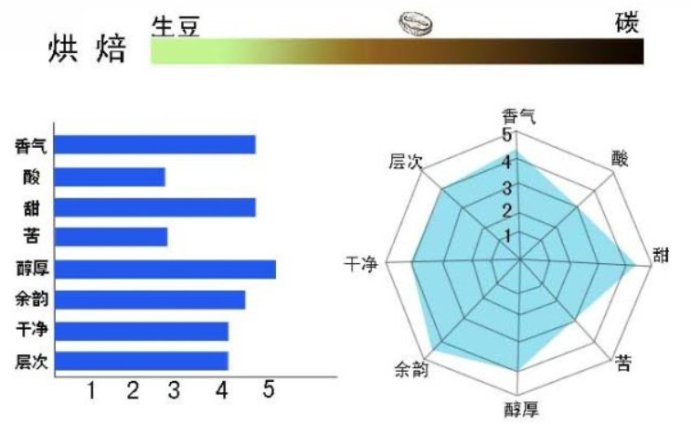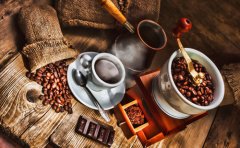Boutique coffee beans introduce Yega Xuefei, king of fruit, G1
King of Fruit-Solar Xuefei G1 Achiri processing Plant
Yejashafi is a region of Sidamo province in Ethiopia, which is famous for the unique flavor of its coffee, and the name is even bigger than that of Sidamo, the province where it is located. Recently, the domestic Yejia Xuefei can be said to be everywhere, and more and more coffee lovers are also familiar with all kinds of Yega Xuefei.
There are many high-quality coffee processing plants in the Yegashafi region, and many caffeine comes from these processing plants and becomes worth a hundred times as much. The sun tuition fee produced by Kebel Aricha Mill is one of them. This coffee, also known as ARICHA beans, is classified by ECX as Gr.1 or G1 (the highest grade of Ethiopian coffee) after being treated by the Kebel Aricha processing plant.

Yirgacheffe Aricha Grade 1 raw bean color is yellow and green, is a typical sun-cured coffee color, particles are uniform and full, few defective beans, using ordinary sack packaging export, sacks printed with basic information of coffee (processing plant, exporters, ICO coding, processing methods, producing areas) sacks inside the sacks are plastic bags for agricultural products packaging, the use of light slow roasting method can best reflect its characteristics.
Yirgacheffe Aricha Grade 1 cup test
Round and sweet, rich aromas of flowers and fruits, outstanding sweetness and weak acidity, showing a soft and clean temperament as a whole.
Important Notice :
前街咖啡 FrontStreet Coffee has moved to new addredd:
FrontStreet Coffee Address: 315,Donghua East Road,GuangZhou
Tel:020 38364473
- Prev

Introduction of boutique coffee beans Salvadoran coffee
[boutique coffee] Salvadoran coffee introduces the quality of Salvadoran coffee is beyond doubt. Bourbon varieties of coffee here has been the greatest improvement in its own quality. In a bad time, the quality and reputation of Salvadoran coffee plummeted because of the unstable political situation and continuous civil war, but with the stability of the political situation in recent years, Salvadoran coffee has been found again in the world.
- Next

High-quality coffee beans defective beans in coffee baking
Moldy beans: because of incomplete drying, or damp in the process of transportation and storage, cyan and white molds grow, which sometimes make the beans stick together. If these moldy beans are not removed, they will produce moldy smell. Dead beans: beans with abnormal results. The color is not easy to change because of baking, so it is easy to distinguish. The flavor is thin, as harmful as silver skin, and will become a peculiar smell.
Related
- Guji coffee producing area of Guji, Ethiopia: Humbela, Shakiso, Wulaga
- What is the most expensive variety of Qiloso in BOP multi-variety group?
- How to store the coffee beans bought home?
- Why are Yemeni coffee beans so rare now?
- Ethiopian Sidamo all Red Fruit Sun Sun Santa Vini Coffee beans
- SOE is mostly sour? What does it mean? Is it a single bean? what's the difference between it and Italian blending?
- Is Italian coffee beans suitable for making hand-brewed coffee?
- How to choose coffee beans when making cold coffee? What kind of coffee beans are suitable for making cold coffee?
- Just entered the pit to make coffee, what kind of coffee beans should be chosen?
- Can only Japan buy real Blue Mountain Coffee? What are authentic Jamaican Blue Mountain coffee beans?

